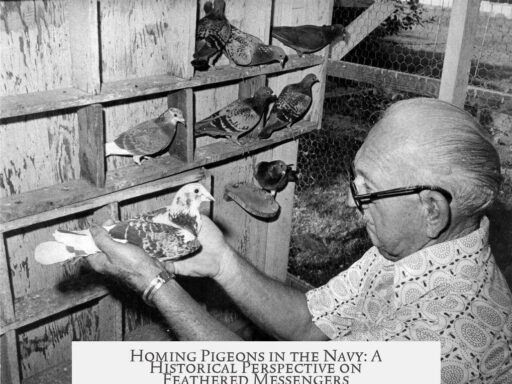Buck breaking was a real and brutal practice during slavery, primarily intended to punish, humiliate, and dominate rebellious African male slaves. It involved physical violence and sexual assault aimed at crushing resistance and reinforcing white supremacy through the emasculation of enslaved men.
Buck breaking finds its origins in the Atlantic slave trade, especially in the Caribbean and later in the American South during the 18th and 19th centuries. Slaveholders developed this cruel tactic to maintain control over enslaved populations by striking fear into the community. The central goal was to prevent rebellion by demonstrating the powerlessness of enslaved males.
The process began by stripping the enslaved man naked and violently beating him until he was physically weakened. This abuse left him unable to resist the subsequent sexual assault, often orchestrated by slave owners or overseers. The acts involved sodomy and rape, serving to emasculate the victim completely. These acts aimed to rob enslaved men of their dignity, identity, and manhood, reinforcing the racial hierarchy that placed whites at the top and blacks at the bottom.
Buck breaking was not only a form of punishment but also a public spectacle. Such humiliations were often carried out in front of other enslaved people, especially when fears of uprisings were high. Public humiliation amplified the psychological warfare component, demonstrating the consequences of defiance. In some cases, enslaved men were forced to perform sexual acts with each other in front of their families, inflicting profound emotional and psychological trauma on victims and witnesses alike.
The broader community of enslaved people suffered from the ripple effects of buck breaking. Witnessing these acts instilled fear, discouraging any thought of rebellion. The target’s family also endured deep humiliation, with wives and children forced to witness the sexual degradation of their loved ones. These tactics served to dismantle communal bonds and foster submission.
The psychological damage to victims was severe. Many survivors faced ongoing trauma, including shame, self-hatred, and feelings of hopelessness. The abuse shattered their self-esteem and their sense of identity as men and as human beings. Some enslaved men resorted to suicide or escape attempts to flee this torment. The trauma from buck breaking did not end with emancipation; its scars carried on across generations, affecting descendants’ social and personal identities.
The practice embodies the extreme cruelty and dehumanization employed by slaveholders to uphold their dominance. By specifically targeting African males’ sense of masculinity, buck breaking reinforced white supremacist ideology. It deeply undermined the enslaved community’s cohesion and ability to resist injustice.
| Aspect | Details |
|---|---|
| Origin | Atlantic slave trade era; Caribbean and American South, 18th-19th centuries |
| Purpose | Punishment, psychological control, emasculation, prevention of rebellions |
| Method | Beatings followed by public sexual assault, often involving humiliation before others |
| Impact | Physical harm, psychological trauma, fear in slave communities, generational scars |
| Historical Debate | Some scholars question the extent and documentation; evidence exists but limited |
It is important to note the limited direct historical documentation on buck breaking, contributing to debates about its prevalence and exact nature. Some historians argue that while sexual violence against enslaved people was widespread, the specific term “buck breaking” and its organized execution as a distinct practice may lack extensive archival evidence. Nonetheless, the testimonies, records of slavery abuses, and consistent reports of such tactics provide a strong basis that these acts occurred as a method of domination.
The tactic’s power comes from both its physical brutality and its use as psychological warfare. Encouraging submission through sexual violence against men represents an intersection of gender-based and racial oppression. Buck breaking illustrates how enslaved men’s bodies were battlegrounds for control and dehumanization.
Understanding buck breaking highlights the complex and horrific means by which slavery enforced power. It underscores how enslaved people endured multiple layers of violence and oppression. The legacy includes deep psychological wounds affecting African American history and identity.
- Buck breaking was a documented, violent means of controlling enslaved African men through physical and sexual abuse.
- It aimed to humiliate and emasculate victims, sending a message to deter rebellion and reinforce racial hierarchy.
- The practice included public violence and sexual assault as psychological warfare.
- Victims and witnesses suffered lasting physical, emotional, and psychological trauma.
- Historical evidence exists but is limited; ongoing scholarly debate surrounds its extent and documentation.




